Complex underwater structures called stony corals: Chapter 2
- January 4, 2021
- Diego Lirman
I hope you and your loved ones are healthy and had a great holiday season!
Now that you know that we are “gardening” corals to be used for reef restoration, it is time to take a small step back and learn about basic coral biology and ecology. The corals that we grow for restoration are called “stony” corals. These corals lay down Calcium Carbonate (limestone) skeletons as they grow and form the complex underwater structures we know and cherish. Not all corals are stony corals, as we also have “soft corals” on reefs. Soft corals are equally beautiful and important, but they do not lay down a hardy skeleton, so we will not spend too much time on these right now!
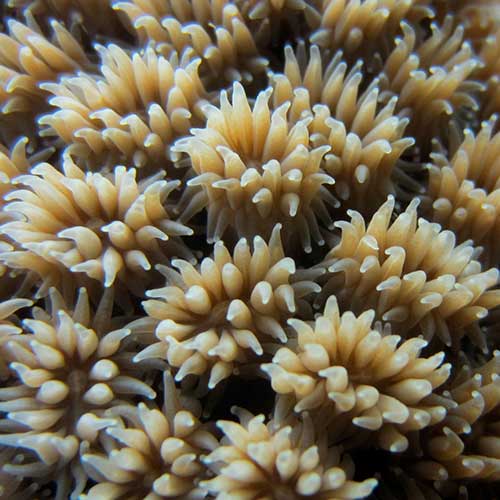
Figure 1: Image of coral polyps with their extended tentacles (each polyp is < 1 cm in diameter)
Stony corals are a rare combination of three components: 1) the “coral” animal, 2) the microscopic algal symbionts that live within the coral tissue, and 3) the mineral skeletons laid down by the coral animal. Because stony corals are part animal, part plant, and part mineral, they have been called beautiful Chimeras (a much gentler version of the fire-breathing chimeras in Greek mythology!). So next time you want to impress and stump your friends at a party, ask them if they think corals are animals, plants, or rocks? This is clearly a trick question, as you now know that the correct answer is “all three.”
The animal part comprises small (< 1 cm in diameter) polyps that come together to form complex coral colonies. Each coral polyp is like an inverted jellyfish. In fact, both corals and jellyfish are classified in the same Phylum, Cnidaria, which also includes the anemones. So, the large coral colonies we see on reefs and, by extension, the huge coral reefs that can be seen from space, are built by a whole bunch of tiny, individual polyps; a fact I have always found fascinating as it captures both their fragility and prowess. All coral polyps within the same colony are exact copies of each other and share the same genotype like thousands of conjoined twins. Thus, corals are both clonal (built by polyps that share the exact same genetic information) and colonial (built by modular units). Each coral polyp’s mouth is lined by tentacles used for food capture and defense, and each polyp is joined to its adjacent twins through connective tissue. The coral tissue’s height is just a few millimeters, so the “living” portions of corals and reefs are just a thin veneer growing over a limestone skeleton. Because of their clonal nature, while a given coral polyp may be ephemeral, a coral genotype can be 100s-1,000s of years old. In fact, those large corals you see on healthy reefs 10s-100s of years to get to that size, as brain or boulder corals only grow at 1-2 cm per year in the wild.
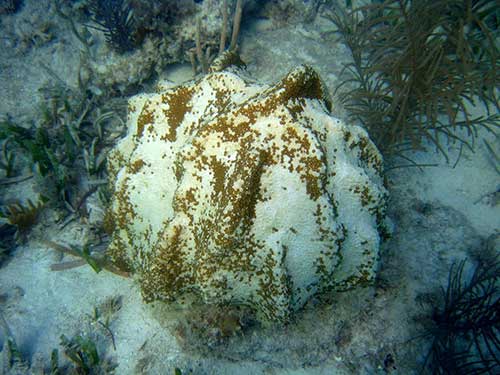
Figure 2: Image of a coral colony showing Coral Bleaching signs (i.e., breakdown of the coral-algal symbiosis).
Stony corals are so successful in large part because of their close association with symbiotic microalgae that are found within their tissues. These algae (formally called Dinoflagellates) get a safe home and nutrients from the coral. In return, they provide their gracious hosts the by-products of photosynthesis like sugars, lipids, and essential amino- and fatty acids the coral animals use for nutrition. This tight mutualism benefits both partners and allows corals to obtain the nutrition they need to deposit the limestone skeletons that create colonies and reefs. The breakdown of this symbiosis under stressful conditions (such as during high-temperature events) causes the symbiotic algae to leave their coral host in a process known as “Coral Bleaching.” If prolonged or extreme, coral bleaching can cause mass coral mortality observed in Florida in 2014-2015 and Australia’s Great Barrier Reef in 2016-2017. That is why Global Climate Change, which has caused sea temperatures to rise in past decades, is such a concern for coral reefs locally and worldwide, prompting the need for their protection and restoration.
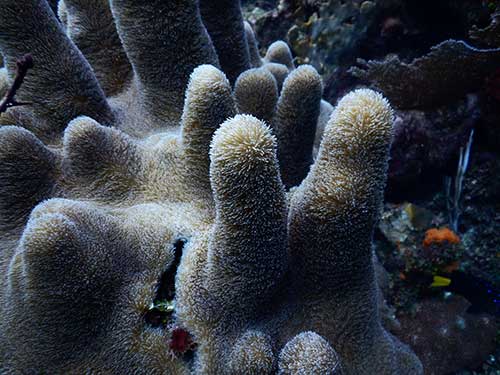
Figure 3: a colony of pillar coral with polyps with extended tentacles used for feeding.
What makes these organisms unique also makes them ideal candidates for coral gardening and restoration. Like plants, corals can reproduce sexually through the formation and release of gametes and asexually through fragmentation. The bulk of the restoration work we complete in my lab at the University of Miami relies on coral fragmentation. Still, a growing number of scientists now use sexual reproduction for coral propagation and reef restoration (more on this in future essays).
Now that you know a bit more about coral reef biology and ecology, you are ready to take a guided tour, in my next blog, of the in-water and land-based facilities we use here in Miami to grow and supply the corals we use for coral reef restoration. Stay tuned!
In the meantime, for more information on our program, how to get involved, and how to support our activities, please visit https://rescueareef.rsmas.miami.edu.
Diego Lirman, Ph.D.
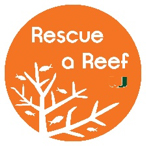 University of Miami
University of Miami
Email: dlirman@rsmas.miami.edu
LINKS:
About the Author
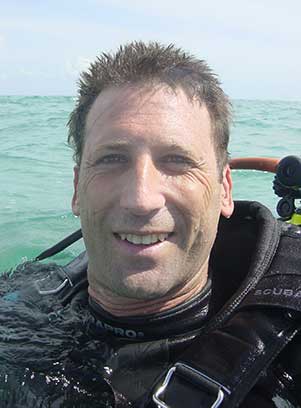
Sign up here for email notifications about new Hothouse Blog articles!
More articles on the subject
See all postsRecent Posts
- April 2023 April 1, 2024
- Good News on Environmental Plastics February 1, 2024
- Material World / Plant World January 1, 2024
Leave a Comment cancel
This site uses Akismet to reduce spam. Learn how your comment data is processed.



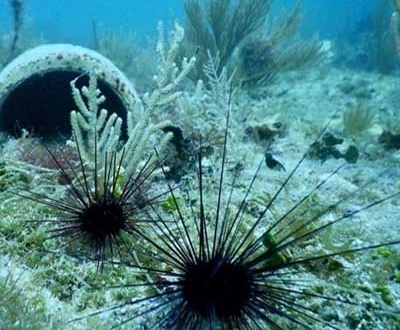
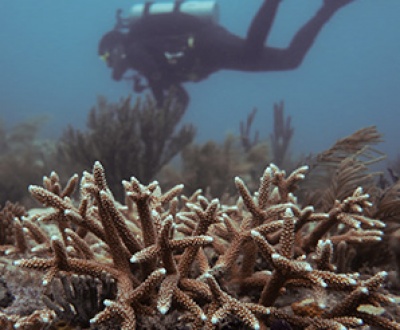
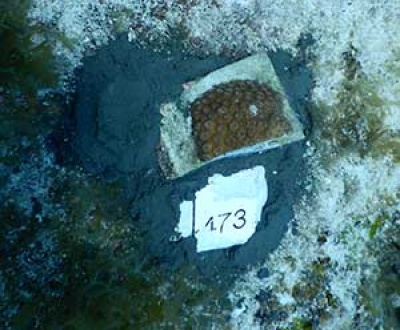
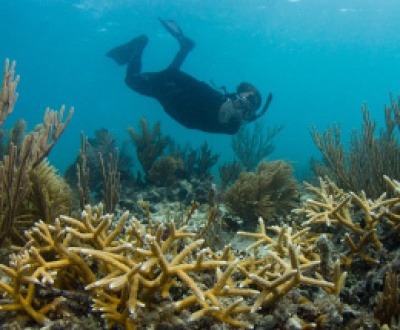
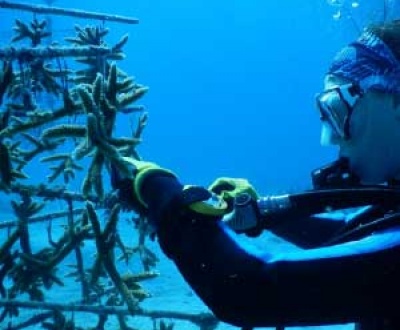


Dr. Lirman…your articles are wonderful. You are sharing with us so much knowledge in the efforts to restore our most important resource in the sea. I would enjoy any information you have on how corals are affecting medicine research in today’s world. Thank you.
Thank you Sharon for your kind words.
Corals are rich in secondary metabolites that have been used for the treatment of HIV, leukemia, and other diseases. The compounds involved in the immune response of corals have been tested for their use in reducing inflammation with some success. Another intriguing application for corals that I do not think is used any longer is the use of their porous skeletons as bone grafts (I think 3D printing has made this use obsolete).
The more researchers look into it, the more bio-compounds are being found in our marine ecosystems, another strong argument for protecting them!
Stay healthy